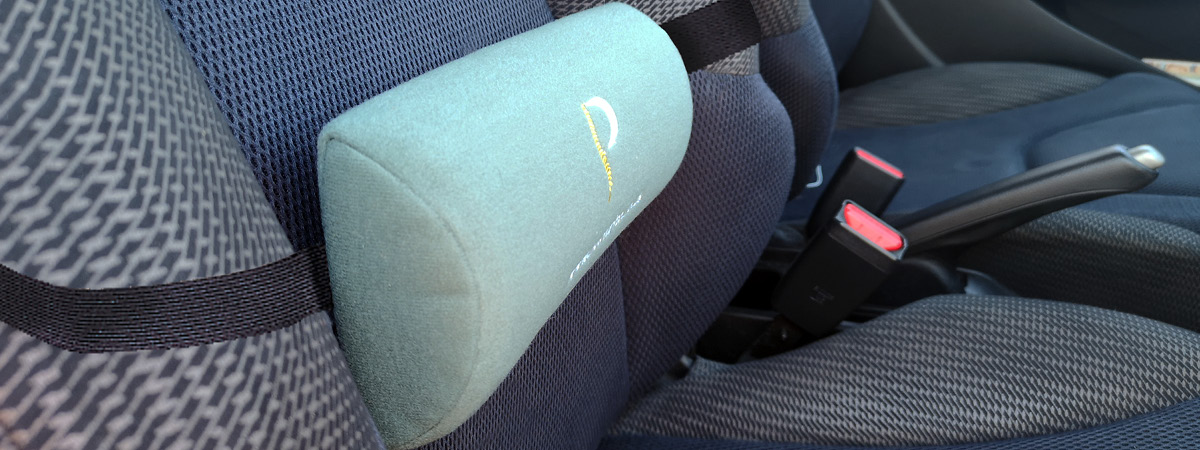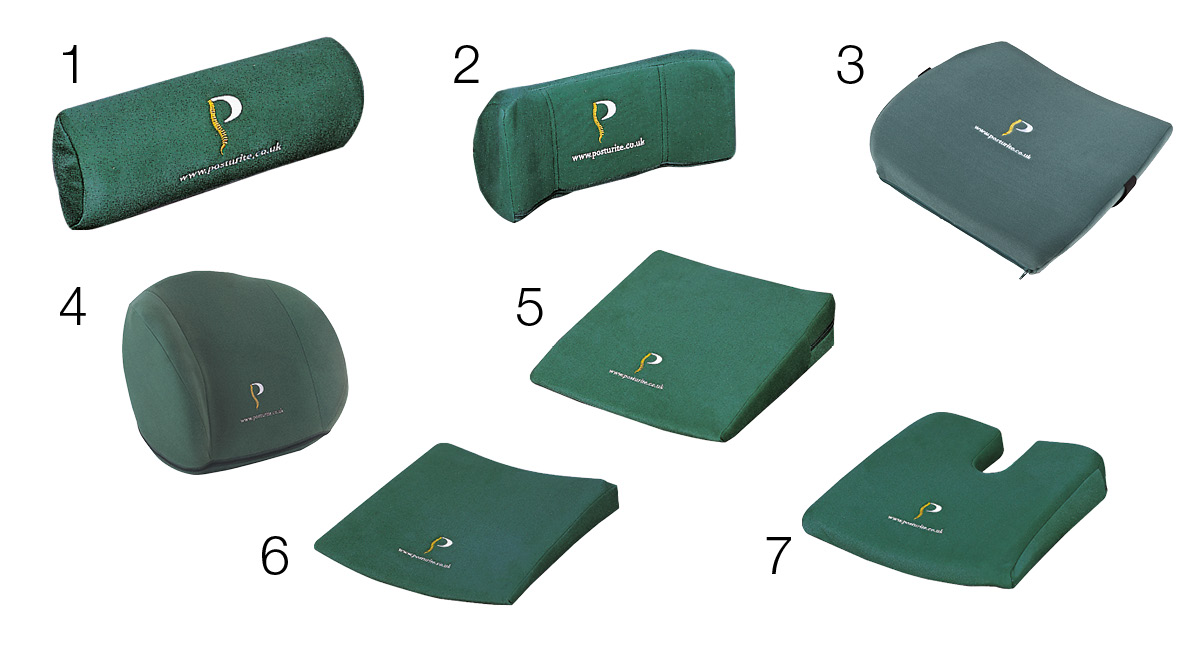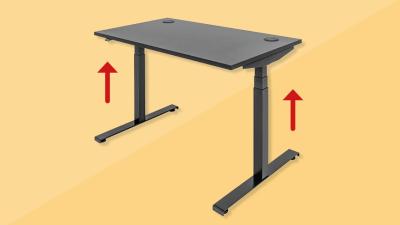It's very common for backache and back pain to creep in during a day of prolonged sitting.

You might not notice anything at first, then as the hours go by you find yourself shifting to get comfortable. Then you become aware of soreness, which gradually intensifies to discomfort. As this pattern continues day after day, the discomfort evolves into back pain that starts to affect your general wellbeing and productivity.
It's thought that around 20 million adults in the UK are physically inactive. Most of us could benefit from moving more and sitting less but if you have an office job that requires you to sit all day to use your computer, that can be difficult.
Why is sitting so problematic?
The human spine is a strong but flexible structure consisting of vertebrae separated by discs and supported by muscles and ligaments. It allows us be incredibly fast, strong and agile when we're on the move. The problems start when we stop being active and ask our bodies to support us in one position.
When we sit down our body is generally flexed. This means that, if we are not well supported while sitting, the back muscles and ligaments begin to lengthen which means they stop supporting the structures as required. This is sometimes known as creep, and because structures are not supported, it puts stress on the lower back tissues, leading to muscle fatigue and eventually back pain. Once you get up from your chair, straighten up and start moving again, the muscles and ligaments recover.
A lumbar roll is designed to sit in the inward curve of your lower back to improve sitting posture. This can prevent and provide relief from back pain. It can also add support to flat-backed seats like dining chairs, which do not support the natural curve of the lower back, thus encouraging the sitter to adopt a poor hunched 'c' shaped position.
Sitting is the posture that most people with back conditions struggle to find a comfortable position in, often because chairs are not designed to support the natural 's' shaped curve of the spine.
A lumbar cushion is a great solution. The following simple supports come with straps, are lightweight, and can be positioned on almost all types of chair.

1. Posturite Lumbar Roll
This classic lumbar roll (or lumbar support) provides good depth, which is beneficial is you have a pronounced inward curve and need robust support. It comes in three different styles, all of which are light and easy to carry around.
- Circular - protrudes further, better for very pronounced curve
- D-shaped standard (4 inch) - a good choice if your back is sensitive to pressure, you are petite, or you don't have a deep lower back curve.
- D-shaped large (5 inch) - great if you have a heavier build.
2. Posturite Winged Roll
This roll will provide wider support around your lower back and the sides. You can move it where you feel it's needed. This winged roll works well in cars where lateral support is helpful and you don't have side supports on your car seat.
3. Posturite Curve
The Posturite Curve can easily be secured to any chair back with the adjustable elastic strap it comes with for stable support wherever you need it. It fits all types of chairs but features a tapered design to fit snugly into your car seat - perfect for keeping you comfy on long journeys.
This cushion can be very helpful if you occasionally work from home. It can improve your working posture when you're using a dining room style chair as it provides better back support. If the seat height is also a concern the Posturite Curve can be used with a seat wedge to achieve a suitable height. Your forearms should be level parallel to the floor and your hips higher than you knees.
4. Posturite Back Support
This support - due to its depth and lateral support, is particularly effective for use in easy chairs with deep seats. It is also recommended if you work from home using a dining chair, especially if you have shorter thighs and need to sit further forwards on your chair.
5. Posturite 11 Degree Wedge
This seat wedge has been designed to help keep the hips higher than the knees when sitting. If the hips are lower than the knees in sitting, then the pelvis tends to rotate backwards creating a slouched position without an inwards lumbar curve. In this slouched position pressure is placed on tissues and discomfort can result. This can be particularly relevant in cars with a bucket seat. If, however you have limited space between you and the roof of your car you should consider the slimline wedge.
6. Posturite Slimline Wedge
Like its slightly plumper cousin - the Posturite 11 Degree Wedge, the Posturite Slimline Wedge can be added to your office chair or car seat to improve the alignment of your body and reduce aches and pains. It positions your hips higher than your knees so that strain and muscle fatigue is relieved from the lower back and legs.
The slimmed-down design is ideal for cars with less headroom, or chairs the slant backwards. It adds that little extra support to ease muscle tension in the lumbar region. If you need to raise your hips higher, consider the 11-degree wedge.
7. Posturite Coccyx Cut-Out Wedge
The Coccyx Wedge cushion has been designed to help improve posture and offer relief to those who suffer with a tender coccyx. Used in conjunction with an additional lumbar support or cushion, many people can achieve a good working position with this wedge.
The cut-out at the back of the cushion enables some of the pressure to be taken off the coccyx to reduce the pain felt in sitting in conditions such as coccydynia.
Haven't found exactly what you're looking for? Browse all of our back supports here.











